The eighth annual trade promotions survey by Ebiquity and The Grocer reveals rapidly diminishing prospects for brand growth
It’s a conundrum that has puzzled brand owners for years - and one that most are even further from solving. How do you grow volume and profitability simultaneously? Is it even possible?
The eighth annual trade promotions survey by Ebiquity and The Grocer has found a leap in the amount of sales made on promotion. The number of senior commercial managers at fmcg brands who reported that more than 40% of their sales were made on promotion has shot up from 52% to 68%. And the proportion that made more than 60% of their sales on promotion doubled from 19% to 39%.
The problem? Promotions aren’t returning what they used to. Ebiquity warns that off-shelf featured space promotions that caused a 500% uplift five years ago will likely give less than 300% now.
With “securing in-store display” rated as the top promotional challenge businesses will face in the next year, it is now common to see directly competing products on gondola ends at the same time, squashing the uplift of both. Suppliers also reported a “blurring of the lines” between price promises and promotions, with retailer expectations that they will invest in both.
The number of promotions tracked by Assosia starkly demonstrates the clamour for space. Since 2008, the number of featured space promotions at the big four has jumped by 41.7%. In the year to April 2008, there were 67,607. In the year to April 2012, there were 95,793. (see chart)
“Five years ago a simple formula could be applied to drive volume and market share: depth of discount x off-shelf display x weeks on deal,” says Ebiquity director Martin Wheeler.
“But for a significant number of brands there isn’t much room left for increasing discounts, displays and frequency they are near to being maxed out”.
Ebiquity’s forecast makes for grim reading. “Future volume and profit growth prospects are rapidly diminishing,” warns Wheeler. “Very high levels of promotional intensity and increasing competition for promotional slots mean that there simply isn’t much runway left.”
So where can brands go from here? No brand can afford to walk away from fairly extensive activity for long, Wheeler concedes, but they can rethink the pursuit of top-line growth. “The traditional mantra of ‘growth everywhere’ inevitably leads to confusion and poor decision making.”
“Right-sizing” the brand - assessing its base sales rate and how much incremental volume can profitably be driven by promotional activity - is a good starting point.
From there, brand owners should decide if they would rather have profit or volume growth, and whether the brand would be more profitable if it were larger or smaller.
Alarmingly, 61% of survey respondents admitted that their business does not evaluate how effective a promotion was after the event, and most said they had a poor understanding of the true impact that promotional activity had on the brand.
“In our experience, understanding the impact of cannibalisation and cupboard filling is absolutely fundamental to building effective plans,” Wheeler says. That sounds like a good place to start.

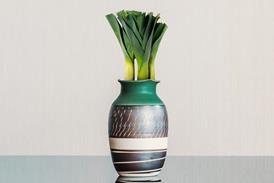





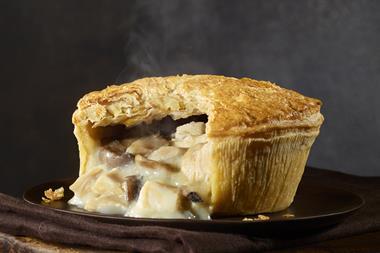

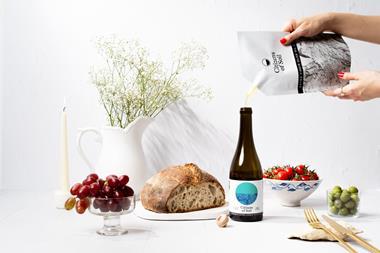

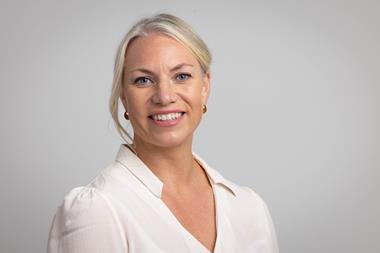



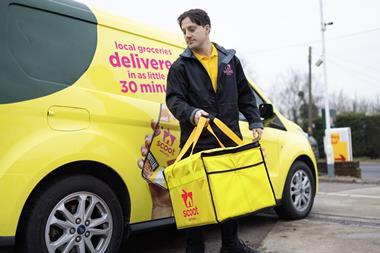
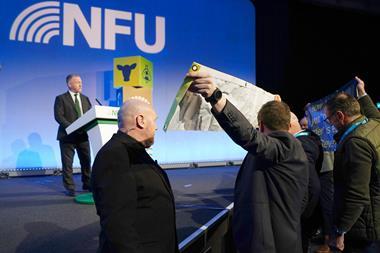

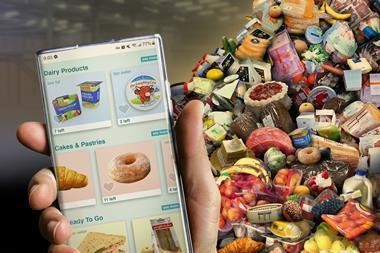
No comments yet